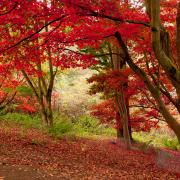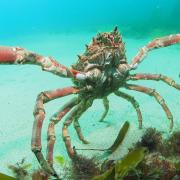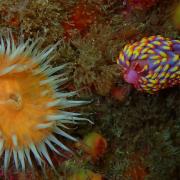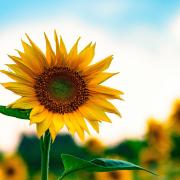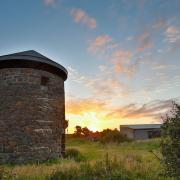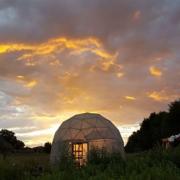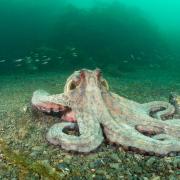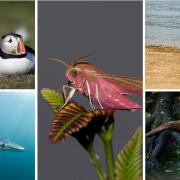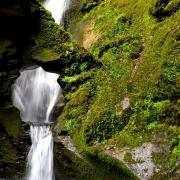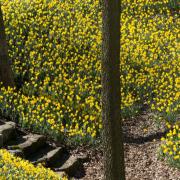A warbler's song epitomises the joyful sound of summer. Here we look at three types found in Cornwall in June, their traits and where to spot them. Words and photos by David Chapman
The family of birds known as warblers is made up of lots of small brown birds which are difficult to spot and even more difficult to identify. To a birdwatcher, however, this is one of the most exciting groups of birds in Cornwall.
As the name suggests, these birds have a beautiful song and being quite loud they can afford to sit inside bushes and trees to create their melodic outpourings. This is a sensible strategy as they can remain hidden while singing so are less likely to provide a sparrowhawk with an easy meal. They are naturally skulking birds, so they need to have songs that identify them to prospective partners and that is one reason why birdwatchers like them – the challenge of learning their songs.
Most of our warblers are summer visitors, spending our winter in Africa. During June and July, however, we can expect to see only the warblers that breed in Cornwall, so now is the time to get out and try to identify them. Here are three which can be found around the county during June.
In size, shape and habit the garden warbler is very similar to the blackcap, but in Cornwall garden warblers are much the rarer of the two species and only found here during the summer, arriving from late April onwards. Despite their name, their preferred habitat is woodland with clearings and large trees or substantial bushes.
This bird is simply brown on its back and paler brown underneath; it is sometimes possible to make out a slightly grey patch on the side of its neck. The only feature that allows us to find this bird is its song, which is truly beautiful. This song is often compared to that of the blackcap but it is more fluid, often sounding quite thrush-like.
It is difficult at first to separate the song of the blackcap from that of the garden warbler but what helps me is to listen to lots of blackcaps in early spring before the garden warblers return from Africa, then the song of a garden warbler will sound very different.
Few birds are more clearly linked to the return of summer than the whitethroat; their arrival in Cornwall happens quite suddenly – one moment there are none and the next they are everywhere. This influx always takes place in May, noticeable because whitethroats fist land around the coast, where many of us spend our leisure time.
It is a common species and can be found breeding in any area of scrub or decent hedgerow. If you get a good view of it, the whitethroat is one of our most distinctive birds since both male and female have an obvious white throat. Upon arrival in Cornwall male whitethroats proceed to set up territories by singing from the tops of straggly bushes. Most field guides describe the song of a whitethroat as ‘scratchy’, a term which slightly downplays the qualities of the song, though there can be no denying the lack of ambition in the whitethroat’s repertoire. An appealing aspect of its behaviour is the parachuting display flight that the male occasionally undertakes while singing.
Later in the year, when nesting, the whitethroat changes character, becoming very secretive. This transformation is a response to a change in aim: no longer does the male need to attract a mate, instead the focus is to find food to support the young. Its favoured prey are insects and grubs often found in the vegetation along the foot of hedgerows. As it searches for these insects the whitethroat seems to disappear into its surroundings. If you are walking on the coast path in June you are more likely to notice a whitethroat than any other small bird.
Where to spot warblers
The whitethroat is the easiest of these warblers to find in June – just head for the coast and listen for them in thickets of gorse and blackthorn. Look in gorse near Godrevy for a good chance of spotting them. Whitethroats are also quite common in hedgerows around farmland. Blackcaps are common enough and can be found quite easily in woodland and scrub across the county. I find that some of our wooded gardens, such as Trebah on the Helford River, are among the best places to find them. Garden warblers are less common, one place that I usually see them is around Goss Moor.







